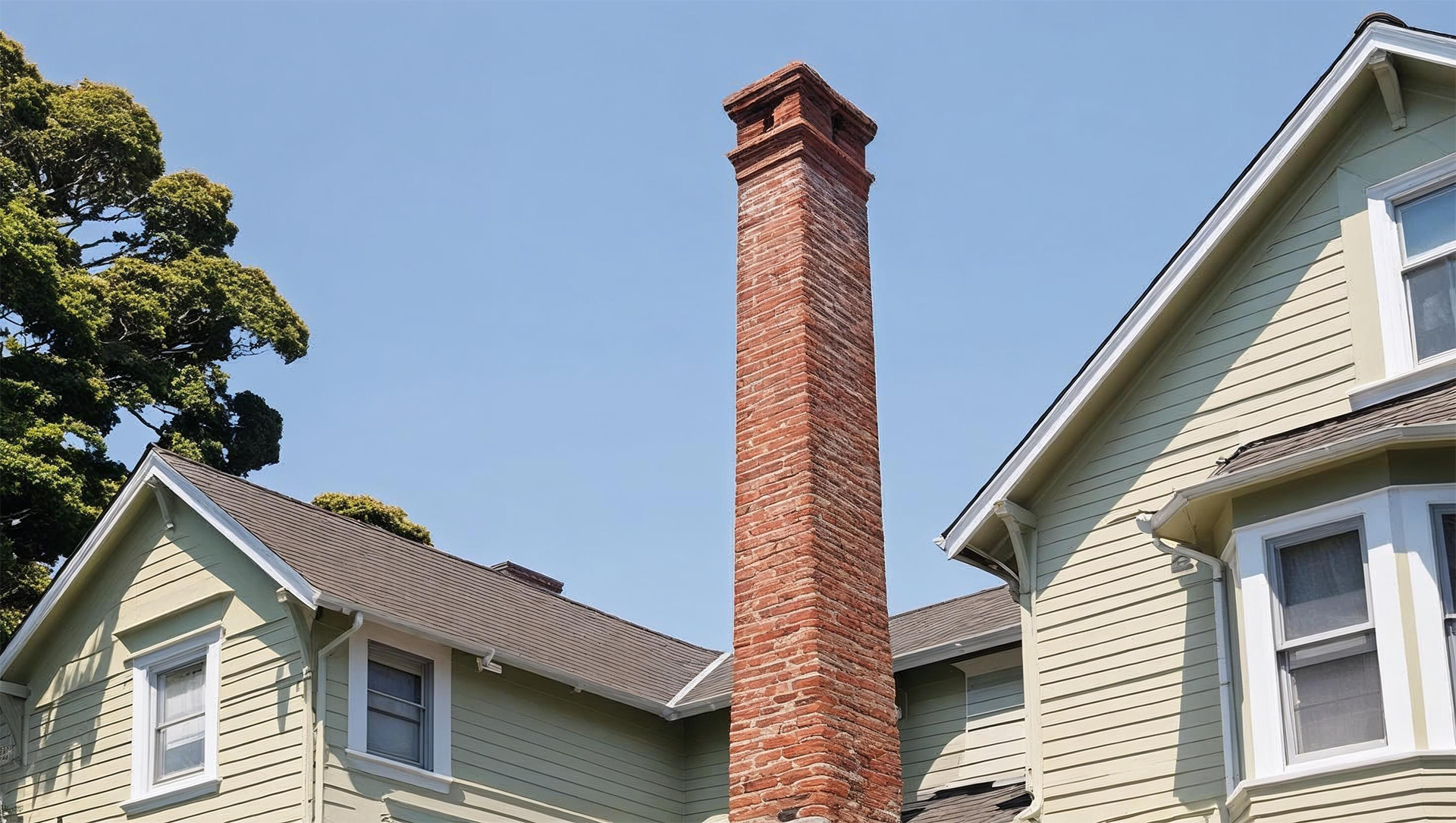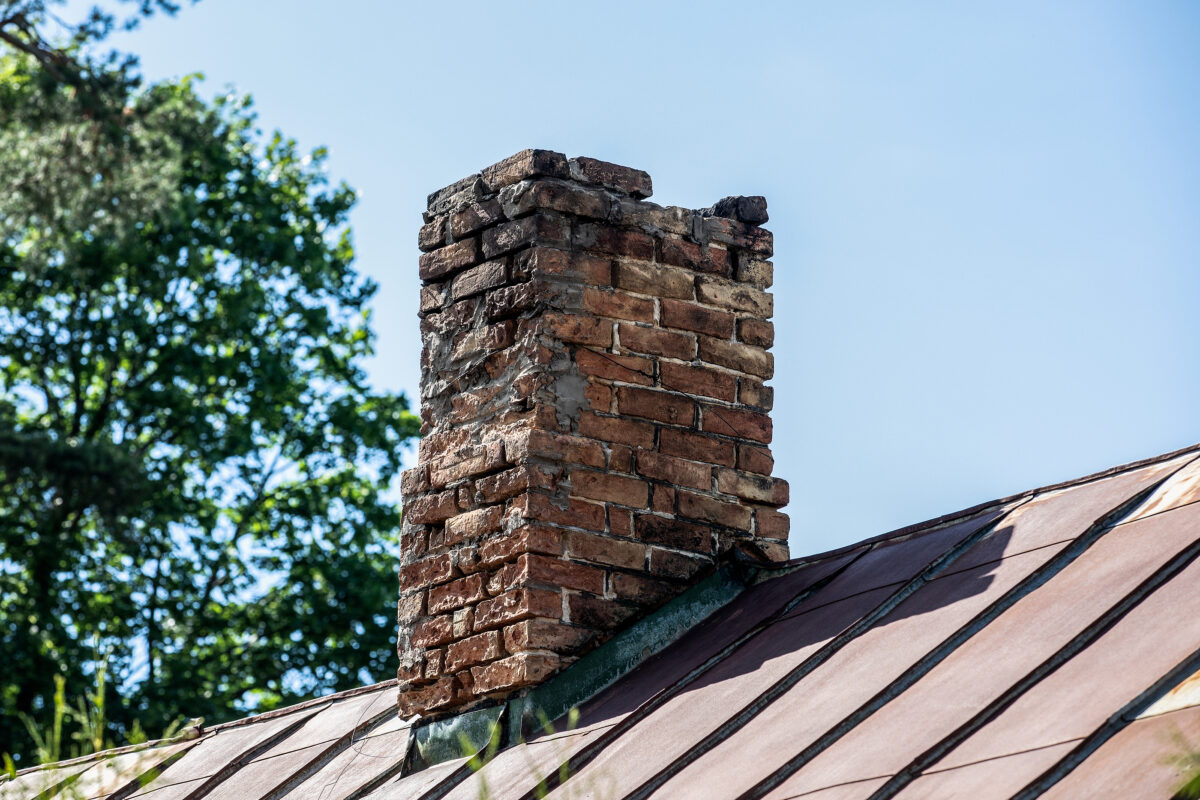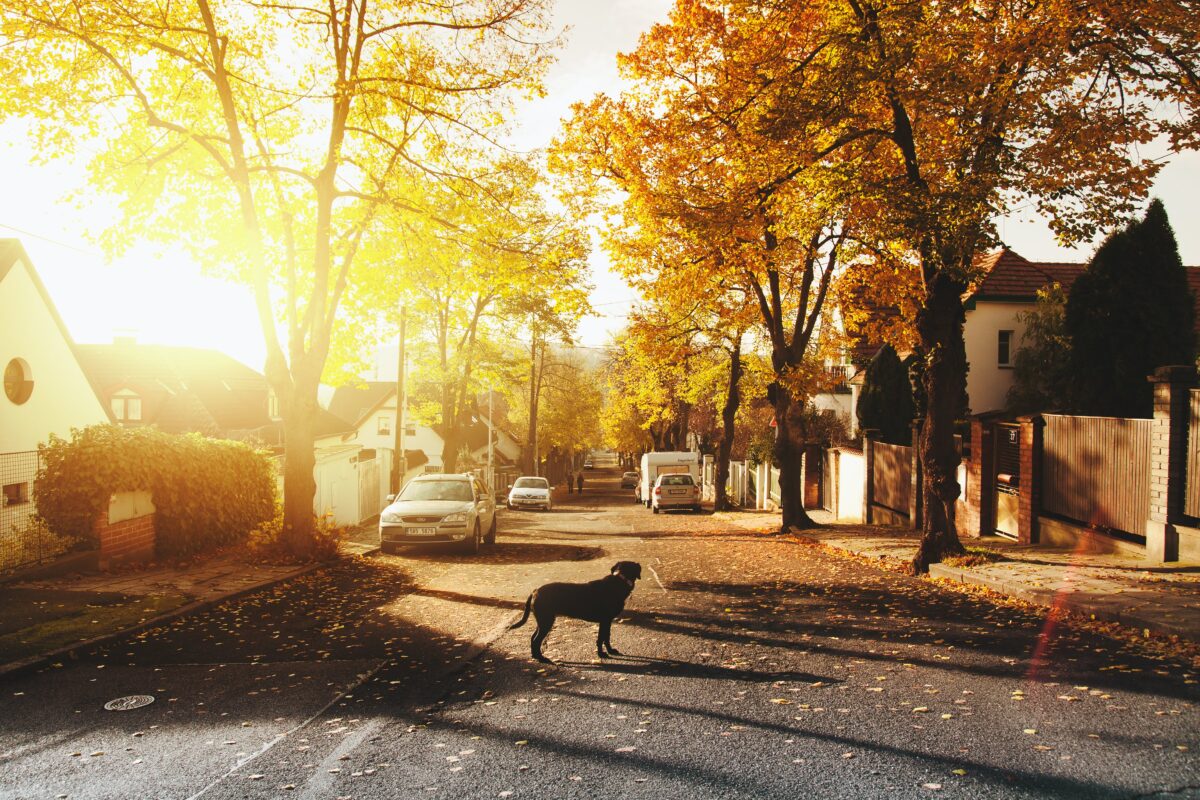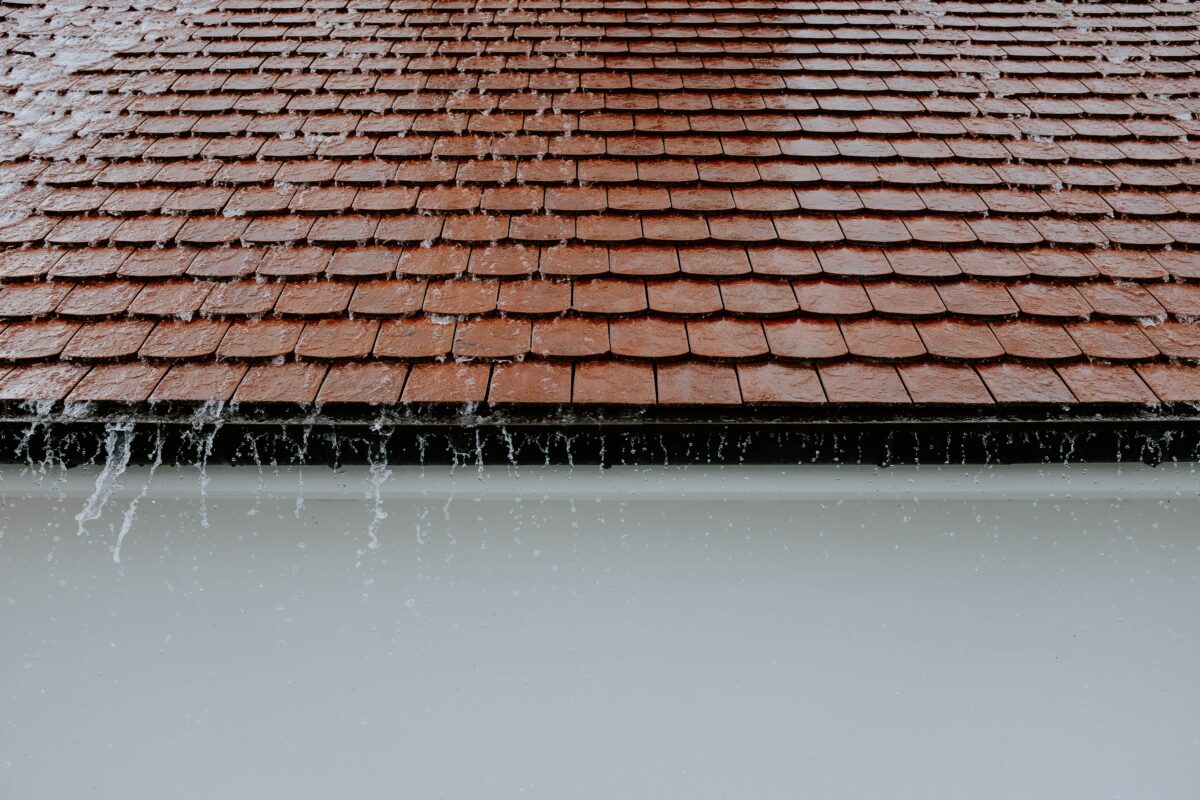After the recent earthquake with its epicenter right in Dublin, a lot of us Bay Area folks are asking the same thing: Is my home really ready for the next one?
Chimneys are one of the most vulnerable parts of any home during an earthquake. Especially if they were built before modern building codes, they likely weren’t designed with seismic safety in mind. And chances are, yours hasn’t had more than a passing glance in years.
But here’s the thing: a little preventative maintenance now could help you avoid major repairs (and major expenses) later. With inflation making everything more expensive, catching small issues early is smart and cost-effective.
Why Chimneys Are So Vulnerable During Earthquakes
Chimneys might look solid, but when an earthquake hits, they’re one of the most fragile parts of a home. Why? It comes down to how they’re built. Most chimneys are tall, narrow, and made from heavy masonry. That combination creates a rigid, top-heavy structure with little ability to flex or move with seismic waves.
It’s also important to note that in some Bay Area cities, it’s currently impossible to pull a permit for chimney reconstruction due to local building restrictions or updated codes. This makes routine maintenance, repairs, and proactive safety measures even more critical.
Unreinforced Masonry = Fragile Structure
Unlike modern construction that relies on steel reinforcement or flexible materials to absorb shock, many chimneys—especially older ones—are made with unreinforced brick or stone. Without internal supports like rebar, these materials can’t handle the lateral forces of an earthquake. Once the shaking starts, cracks form quickly. Tall, slender chimneys are most vulnerable.
Shaking Targets the Weakest Points
During an earthquake, the violent motion doesn’t hit every part of your house evenly. It targets weak spots—places where weight is concentrated or materials that can’t flex. Chimneys, especially those that rise above the roofline without lateral bracing, take the brunt of that force. They can:
- Crack along mortar joints
- Separate from the wall
- Collapse onto the roof or through ceilings
- Create fire hazards if flue linings are damaged
Sometimes the damage is dramatic and obvious. Other times, it’s hidden inside the structure—cracks behind the plaster, loosened bricks, compromised flue tiles. You may not notice the issue until months later, when rain starts leaking in or pests find their way through gaps you didn’t know existed.
Even “Small” Damage Can Lead to Big Problems
A leaning chimney or missing mortar might not seem urgent, especially if everything still looks more or less intact. But any structural compromise can escalate fast. And if you plan to sell your home? A compromised chimney will come up during inspection—and likely cost more to fix under pressure.
Older Homes Pose a Risk
Many older chimneys in the Bay Area were constructed long before modern seismic codes existed. Consider these facts:
- San Francisco’s Housing Stock: According to U.S. Census Bureau data, approximately 44% of homes in San Francisco were built before 1940 before the introduction of reliable seismic codes.
- Non-Ductile Concrete Buildings: Estimates suggest that San Francisco has up to 3,000 non-ductile concrete buildings constructed before 1980, which are vulnerable during earthquakes.
- Soft-Story Buildings: Widespread across the Bay Area, soft-story homes have a weak first floor (often due to garages or open layouts), making them prone to collapse. Many of these also have masonry chimneys perched on top, adding even more instability. Following the 1989 Loma Prieta earthquake, it was identified that hundreds of soft-story structures in the Bay Area required retrofitting.
If your home was built before the 1980s and still has its original chimney, there’s a strong chance it was never designed with seismic safety in mind.
And here’s the thing: damage isn’t always obvious right away. A chimney might look fine from the outside but have internal cracks or instability that make it unsafe. That’s why preventative seismic safety inspections are so important—especially if your chimney is older or hasn’t been checked in years.

What Chimney Repairs Really Cost (And Why It Pays to Act Early)
Chimney damage is both dangerous and expensive. Even small cracks or missing mortar joints can run you several thousand dollars in repair costs, especially if scaffolding or specialty materials are required. If the damage is severe enough to warrant a full teardown and rebuild after an earthquake, you could easily be looking at a five-figure bill—and that’s just for the chimney itself.
The costs don’t end there. A compromised chimney can cause damage elsewhere in the home: roof punctures, interior water leaks, even fire or carbon monoxide risks if the flue is no longer aligned properly. And in a competitive housing market like the Bay Area, chimney issues can torpedo a sale or delay a closing, forcing rushed repairs at premium prices.
Insurance might not always help as much as you’d hope, either. Some policies exclude earthquake-related damage unless you’ve purchased additional coverage. And even then, deductibles for seismic claims are often high—meaning you’re still covering a big chunk of the cost out of pocket.
That’s why preventative inspections and seismic safety retrofits are such a smart investment. They’re a proactive way to protect your home and your wallet—by catching problems early, making targeted reinforcements, and avoiding the massive financial hit that often comes with post-quake repairs. A little work now can save you a fortune later.
What You Can Do About the Seismic Safety of Your Chimney
The good news? You’re not powerless here. There are several steps we can take—some simple, some more involved—to make sure our chimneys aren’t a weak spot in the next earthquake.
Start with a Professional Inspection
If it’s been a while since anyone took a close look at your chimney—or if you’re not sure when it was last inspected—it’s time. A professional chimney sweep who understands seismic risk (like our team at The Irish Sweep) can assess the current condition of your chimney, look for early signs of cracking or instability, and let you know whether retrofitting or repairs are needed. This is especially important if your home was built before the 1980s.
Retrofit If Needed—Before It’s Urgent
Seismic retrofitting might sound like a big deal, but it’s often more manageable than people think. Reinforcing your chimney with steel bracing, anchoring it more securely to the structure of your home, or even rebuilding it with different materials can significantly reduce the risk of collapse during an earthquake. And doing it before something goes wrong is always more affordable than paying for emergency work after the damage is done.
Keep Up With Regular Maintenance
Chimneys naturally wear down over time. Mortar erodes, bricks shift, moisture gets in. Keeping up with regular servicing—repointing joints, sealing gaps, repairing minor cracks, waterproofing—keeps your chimney stable and less likely to fail when shaking starts. Plus, regular care means smaller, more affordable fixes instead of major overhauls.
Don’t Wait for the Next Earthquake
Seismic safety isn’t just a concern after a quake—it’s something to think about before the next one hits. And in the Bay Area, it’s not a question of if, but when.
According to the U.S. Geological Survey, there’s a 72% chance that a magnitude 6.7 or greater earthquake will strike the Bay Area within the next 30 years. That’s not a distant possibility—it’s a high likelihood in our lifetimes. Fault lines like the Hayward, Calaveras, and San Andreas all run through or near heavily populated areas. The 1989 Loma Prieta earthquake was a reminder of just how disruptive and dangerous these events can be—and that wasn’t even considered the “big one.”
Recent quakes, like the one centered in Dublin, only reinforce how active and unpredictable this region is. And smaller quakes can still do significant damage—especially to older, unreinforced masonry structures like chimneys.
The bottom line: if your chimney hasn’t been inspected or retrofitted, now’s the time. Earthquakes don’t follow a schedule. Preparing ahead of time is the only way to make sure you’re not left scrambling after the fact.
FAQ: Does My Chimney Need a Seismic Inspection?
Q: My chimney looks fine—do I still need to worry about seismic safety?
A: It’s good to get an inspection even if your chimney looks okay. Many issues—like internal cracks or a compromised flue—aren’t visible without a professional inspection.
Q: What are signs my chimney might be vulnerable in an earthquake?
A: Watch for:
- Cracks in bricks or mortar
- Leaning or gaps where the chimney meets the wall
- Smoke backing up into your home
- Rust stains or missing mortar
- Built before the 1980s without retrofitting
Q: Why are chimneys so vulnerable during earthquakes?
A: They’re tall, rigid, and made of heavy masonry—often without internal support—making them one of the first parts of a home to crack or collapse under seismic pressure.
Q: What’s the risk of ignoring small cracks?
A: Minor damage can lead to major problems over time—like water leaks, carbon monoxide exposure, or total collapse in the next quake.
Q: What’s involved in a seismic retrofit?
A: Retrofitting may include anchoring the chimney to your home, adding bracing, reinforcing the flue, or rebuilding unstable sections with modern materials.
Q: Is a retrofit expensive?
A: It’s far more affordable than emergency repairs after a quake—and much safer. Early action protects both your home and your wallet.
Q: Does homeowner’s insurance cover chimney damage from earthquakes?
A: Not always. Many policies require separate earthquake coverage, and deductibles can be high. Prevention is key.
Q: How often should chimneys be inspected?
A: We recommend at least every 2-3 years.
Q: Who should I call for an inspection?
A: Choose a qualified chimney professional with seismic safety expertise—like The Irish Sweep.
Ready to Take the Next Step? The Irish Sweep Can Help
You don’t have to wait for the next earthquake to take action. At The Irish Sweep, we’ve been serving Bay Area homeowners for over 40 years—and we understand the unique seismic safety challenges this region presents. Our team is trained to spot hidden chimney vulnerabilities and recommend the right solutions to keep your home safer, longer.
Whether your chimney needs a full seismic retrofit, routine maintenance, or just a professional once-over for peace of mind, we’re here to help. We’ll walk you through what we see, explain your options clearly, and never push work you don’t need. Our goal is to help you stay ahead of the damage—not pay for it after the fact.
Protect your home. Protect your investment. Schedule a seismic chimney inspection with The Irish Sweep today. Let’s get ahead of the next shake—before it costs you more than it should.






